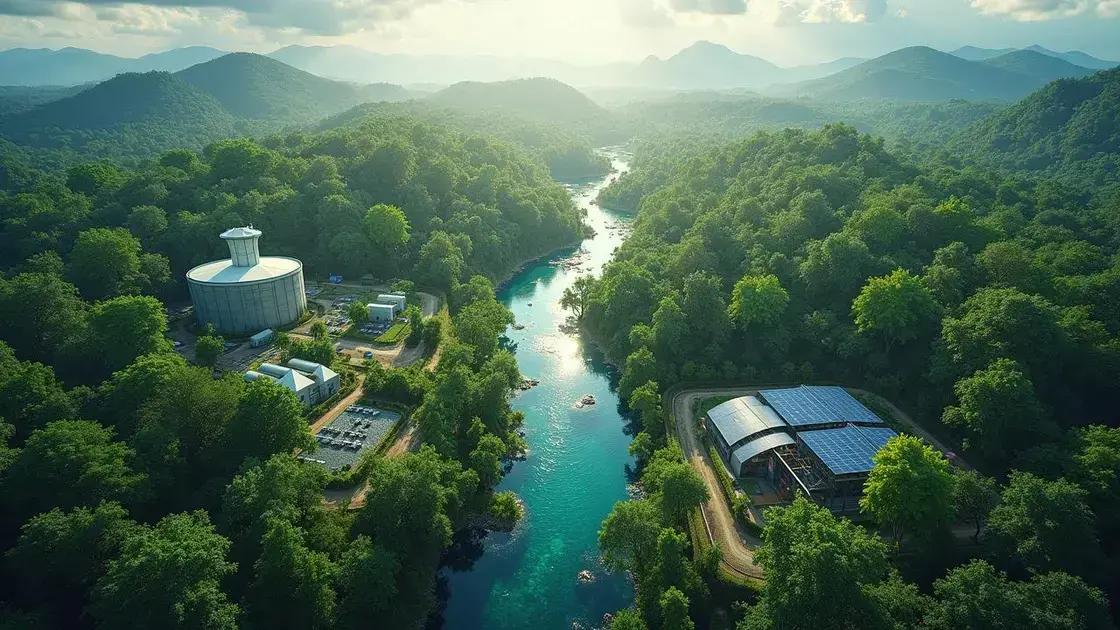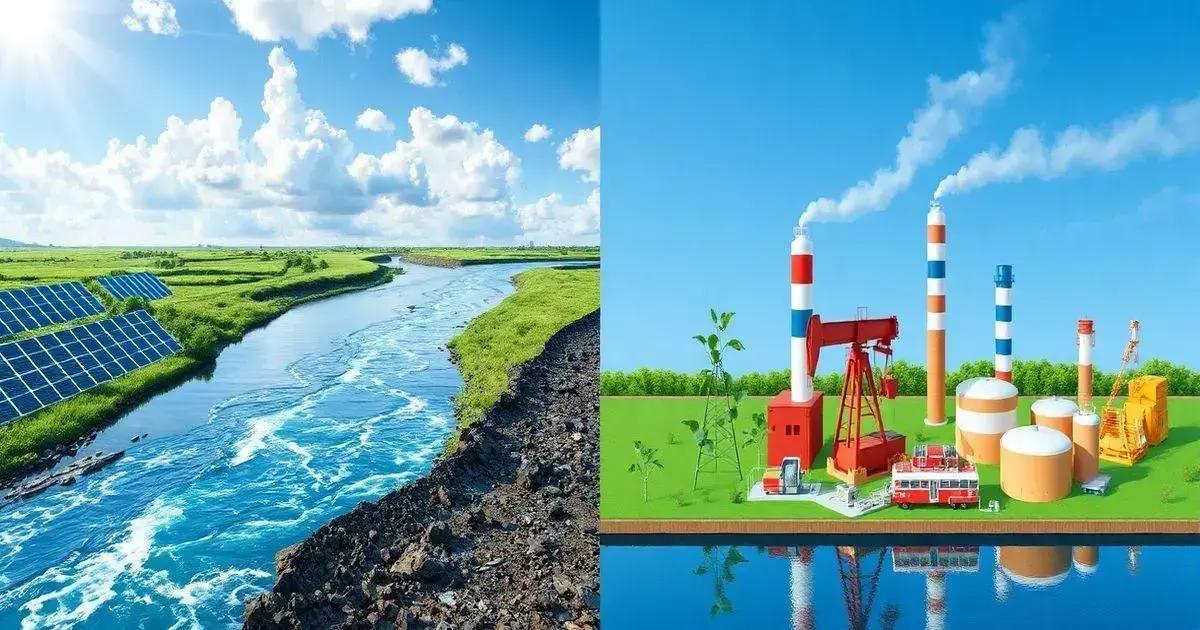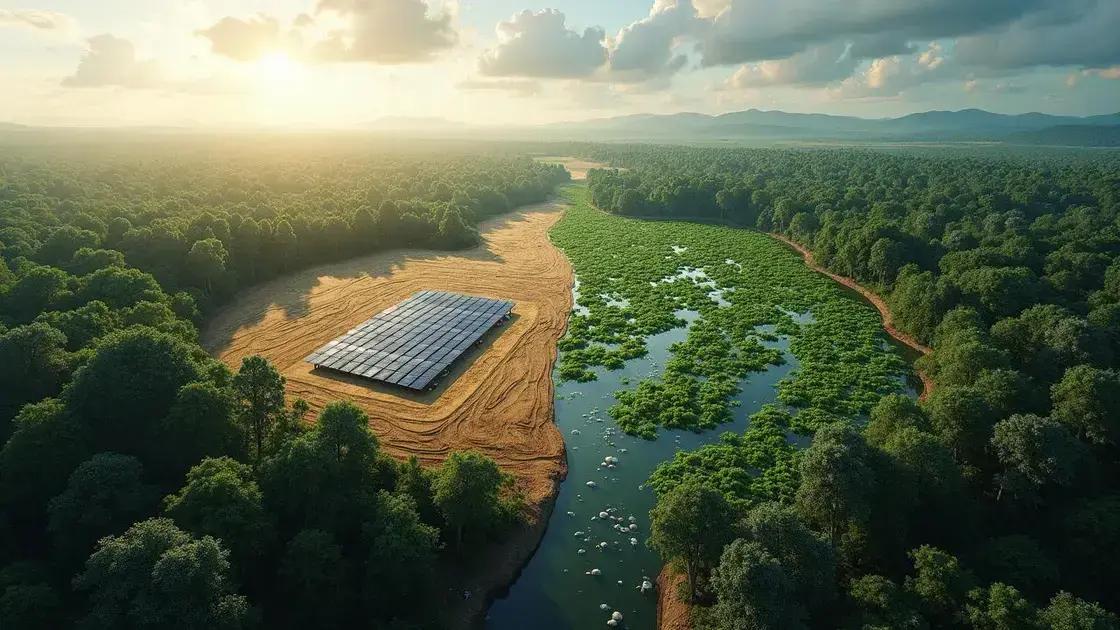The debate over whether Amazonic Power is natural or synthetic explores the various energy sources derived from the Amazon rainforest, emphasizing the environmental impacts of each. Natural sources like solar and hydropower provide sustainable alternatives with minimal ecological harm, while synthetic options pose risks like deforestation and pollution. Future energy generation strategies must balance these factors, incorporating innovative technologies and community involvement for sustainable practices.
Is Amazonic Power natural or synthetic? This question has sparked much debate among researchers and environmentalists alike. Amazonic Power, linked to the lush Amazon rainforest, raises inquiries about its origin and sustainability. In this article, we will delve into the characteristics of Amazonic Power, comparing it to both natural and synthetic energy sources. We’ll also explore the environmental impact and the future of this energy generation method.
Understanding Amazonic Power

Understanding Amazonic Power is essential for grasping its implications in energy production. This source of power derives from the vast and rich ecosystems of the Amazon rainforest. The region is known for its unique biodiversity and abundant natural resources, making it a focal point for discussions on how to harness energy sustainably.
Amazonic Power encompasses various forms of energy, including solar, hydropower, and biomass, which can be both natural and synthetic. Natural energy sources are derived directly from the environment, while synthetic options might include technologies that mimic or enhance these natural processes.
Natural Energy Providers
The Amazon rainforest acts as a crucial natural power generator. For instance, its vast rivers are instrumental in hydropower generation, providing clean, renewable energy. Additionally, the forest’s extensive vegetation plays a significant role in carbon capture, which is vital for mitigating climate change.
Synthetic Energy Innovations
On the other hand, synthetic energy in the Amazon context may involve technologies developed to improve energy efficiency or augment natural processes. This includes solar panel installations and engineered biomass facilities that utilize organic material but are designed through industrial processes to optimize yield.
Challenges in Defining Amazonic Power
Defining whether Amazonic Power is natural or synthetic can be complex. It involves considering the technologies used and their environmental impact. While natural solutions contribute positively to ecosystems, synthetic ones must be analyzed critically to ensure they do not disrupt the ecological balance.
In summary, Understanding Amazonic Power necessitates a comprehensive look at its natural roots and the artificial means of energy production. Exploring this unique blend opens up discussions on sustainability, environmental preservation, and the future of energy in the Amazon region.
Natural vs. Synthetic Energy Sources

Natural vs. Synthetic Energy Sources play a key role in the discussion about Amazonic Power. Each type has distinct characteristics and impacts on the environment.
Natural energy sources come directly from nature and include sunlight, wind, hydro, and geothermal energy. These sources are renewable, meaning they can be replenished naturally over time. For instance, the Amazon rainforest provides a myriad of natural resources, including the sun’s rays for solar energy and flowing rivers for hydropower.
Advantages of Natural Energy Sources
One major advantage of natural energy sources is their low environmental impact. They typically produce little to no pollution, which helps in the fight against climate change. Furthermore, they support biodiversity and maintain the ecological balance when harnessed properly.
Synthetic Energy Sources Defined
In contrast, synthetic energy sources are created by human intervention. They often involve processing natural resources or using technology to create energy. Examples include fossil fuels like oil, coal, and gas as well as biofuels made from agricultural products.
Environmental Considerations
The environmental impact of synthetic energy sources can be significant. Burning fossil fuels produces greenhouse gases, contributing to global warming. While synthetic sources may provide immediate energy solutions, their long-term effects on the planet often raise concerns.
Comparing Use Cases
When comparing natural and synthetic energy sources, consider their applications. Natural sources, like solar panels and wind turbines, fit well into sustainable energy strategies, especially in regions like the Amazon where natural resources are abundant. Synthetic energy sources, while sometimes necessary, pose environmental risks that require careful management.
Environmental Impact of Amazonic Power

The Environmental Impact of Amazonic Power is a critical area of concern that requires careful examination. Given the Amazon rainforest’s unique biodiversity, both natural and synthetic forms of energy generation can significantly affect the ecosystem.
Natural energy sources, such as solar and hydropower, are generally more environmentally friendly. They harness energy without depleting resources or harming wildlife. For instance, solar panels installed on already disturbed land can reduce the footprint on pristine habitats. Similarly, hydropower from Amazonian rivers can provide renewable energy without carbon emissions, as long as it is done sustainably.
Risks of Synthetic Energy Sources
On the other hand, synthetic energy sources, including fossil fuels and some biofuels, pose serious environmental risks. Extracting fossil fuels can lead to deforestation, water pollution, and habitat destruction. Additionally, the combustion of these fuels contributes to greenhouse gas emissions, which accelerates climate change.
Impact on Wildlife and Biodiversity
The Amazon rainforest is home to countless species, many of which could be endangered by energy development. Changes to land use for energy projects can fragment habitats, leaving wildlife populations vulnerable. Natural energy projects that are well-planned can minimize these risks, while poorly managed synthetic energy projects can have devastating effects.
Water Quality Concerns
Both natural and synthetic energy sources can impact water quality. Natural projects can help maintain the health of rivers and streams if managed properly. However, synthetic projects often involve runoff from chemicals and pollutants, which can endanger aquatic life and human populations reliant on these water sources.
Humans living near energy projects also feel the impact, as changes in the environment can affect their health and way of life. Understanding the Environmental Impact of Amazonic Power is essential for creating sustainable energy solutions that protect both nature and communities.
Future of Amazonic Energy Generation

The Future of Amazonic Energy Generation is a topic of great importance as we consider how energy needs will evolve. The Amazon rainforest holds enormous potential for sustainable energy solutions, aligning with global efforts to combat climate change.
Innovative Technologies are emerging that could change the way we generate energy from the Amazon. For example, advancements in solar technology can make it possible to harness sunlight more efficiently. Solar panels with higher energy conversion rates can be installed on buildings or previously disturbed areas to avoid harming the ecosystem.
Biomass Energy
Biomass energy is another exciting area of growth. Utilizing organic materials from the rainforest can create renewable energy while managing waste. This method can help in maintaining the balance of the ecosystem while providing energy to nearby communities.
Hydropower Improvements
With respect to hydropower, the future can include small-scale and run-of-the-river projects. These approaches minimize the impact on wildlife and help preserve natural habitats while still providing clean energy. Such projects look to avoid large dams that disrupt river ecosystems and local communities.
Community Involvement
Moreover, local communities play a crucial role in shaping the future of Amazonic energy generation. Engaging indigenous populations in energy projects ensures that their knowledge of the land is utilized. Their insights can lead to sustainable practices that benefit both energy generation and the environment.
Investment in education and technology will also be vital. Training programs can equip the next generation with skills in renewable energy, driving innovation while preserving the Amazon. The future of Amazonic Energy Generation must strike a balance between meeting energy demands and maintaining ecological integrity.
In Summary: Understanding the Dynamics of Amazonic Power
The exploration of whether Amazonic Power is natural or synthetic illuminates the complexities of energy generation connected to the Amazon rainforest. By examining the characteristics of both types of energy sources, we can appreciate the benefits and challenges they present.
The environmental impact of these energy forms must be carefully managed to protect the rich biodiversity of the Amazon. Natural energy sources provide cleaner options, while synthetic solutions require critical assessment to mitigate their effects on the landscape.
Looking towards the future, innovative technologies and community engagement will play vital roles in advancing sustainable energy practices in the Amazon. By embracing renewable energy solutions, we can ensure that the needs of the present do not compromise the well-being of future generations.
Ultimately, encouraging responsible energy generation will be key to maintaining the health of the rainforest while meeting global energy demands.
FAQ – Frequently Asked Questions about Amazonic Power
What is Amazonic Power?
Amazonic Power refers to the various energy generation methods sourced from the Amazon rainforest, including both natural and synthetic means.
What are the natural energy sources in the Amazon?
Natural energy sources in the Amazon include solar energy, hydropower from rivers, and biomass derived from the forest’s organic materials.
How does synthetic energy generation impact the Amazon?
Synthetic energy generation can lead to deforestation, pollution, and habitat destruction, which negatively affects both the ecosystem and local communities.
What are the environmental benefits of using natural energy sources?
Natural energy sources typically have a lower impact on the environment, producing minimal pollution and supporting biodiversity when harnessed responsibly.
How can community involvement shape Amazonic energy projects?
Engaging local communities ensures that their knowledge and needs are respected, leading to more sustainable and beneficial energy solutions.
What innovative technologies are emerging for Amazonic energy generation?
Innovative technologies include advanced solar panels, small-scale hydropower, and efficient biomass conversion methods aimed at sustainable practices.












